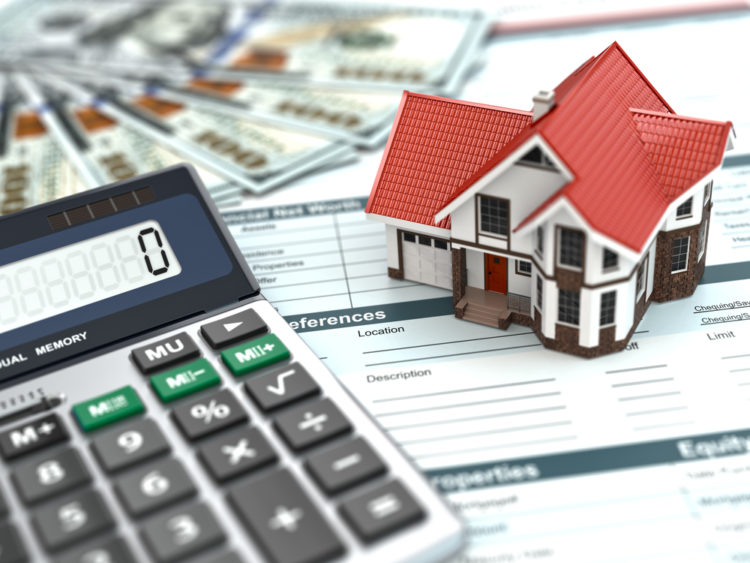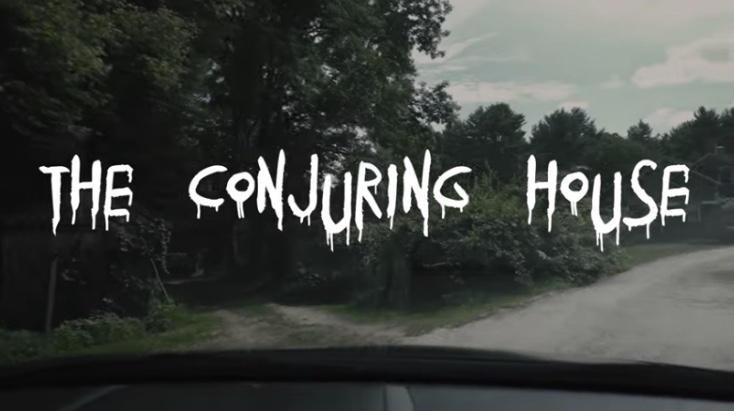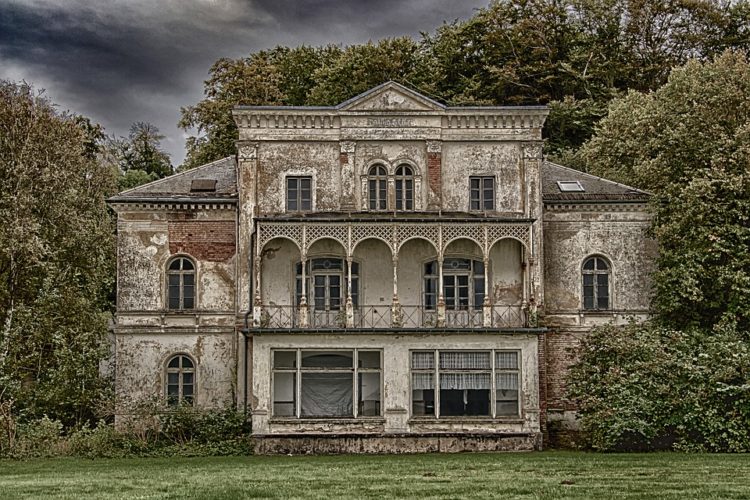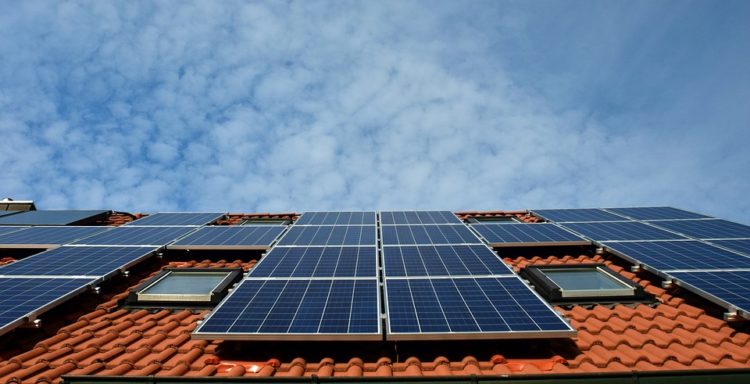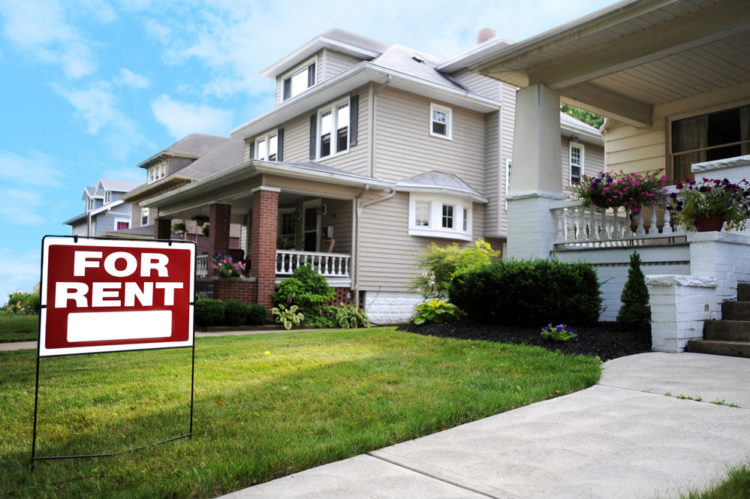So you bought a home in the pandemic and now you need to get it ready for winter? What do you need to be thinking of as the colder months approach, for winterizing your new home?
What to Think About When Winterizing Your New Home
Well, the majority of insurance claims in winter months revolve around broken or busted water pipes. It’s a good idea to know where the main water shut off in your house is, in case you have an emergency. You can also buy pipe insulation that is not too expensive to wrap around exposed pipes.
Another area of the home that is good to consider is the windows. If you swap out screens for storm windows that gives an extra pane of glass to provide protection from the cold winter air. Screens can go back on in the springtime.
The roof is another area – if you know that any roof tiles are loose, you are going to want to fix those before any large snowstorms, so that any ice or snow doesn’t further loosen the tile and expose your roof to moisture when the snow and ice melts. Make sure the fireplace is ready for winter by having a chimneysweep check it out and also make sure the cap is in place to keep animals out of it.


